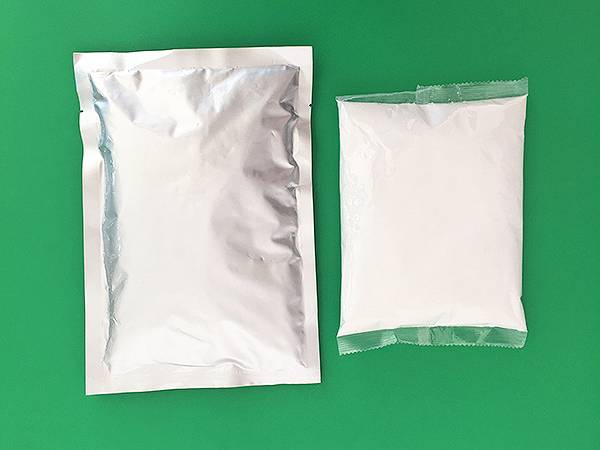



Understanding the Risks and Benefits of Sodium Chlorite in Drinking Water
The Controversy Surrounding Sodium Chlorite in Drinking Water
Sodium chlorite has emerged as a subject of considerable debate, particularly regarding its application in drinking water. As a powerful chemical, sodium chlorite is often used in industrial processes, and its disinfectant properties have led to its consideration for use in water treatment. However, this has raised significant health concerns and ethical discussions.
The Controversy Surrounding Sodium Chlorite in Drinking Water
Critics of sodium chlorite in drinking water highlight potential health risks. When sodium chlorite is ingested, it can convert to chlorine dioxide in the body, which may lead to adverse effects such as nausea, vomiting, diarrhea, and abdominal pain. The potential for chlorine dioxide to cause oxidative stress raises concerns about long-term exposure and its implications for human health. Regulatory bodies such as the U.S. Environmental Protection Agency (EPA) maintain strict guidelines for chlorine dioxide levels in water, but not all standards are universally accepted or enforced.
drinking sodium chlorite

One significant aspect of this controversy is the promotion of sodium chlorite as a miracle cure for various ailments by certain groups. Advocates for its medicinal use tout it as a treatment for conditions ranging from COVID-19 to cancer. This has contributed to misinformation, leading individuals to consume sodium chlorite in unregulated forms, often resulting in severe health complications. Public health officials have consistently warned against such uses, urging people to rely on scientifically validated treatments.
Additionally, the environmental impact of using sodium chlorite in water treatment cannot be overlooked. As chlorine dioxide degrades, it can produce harmful byproducts that pose risks to aquatic ecosystems. This environmental toll adds another layer of complexity to the already controversial use of sodium chlorite.
In conclusion, while sodium chlorite has specific applications in water treatment, its use in drinking water is fraught with controversy. The potential health risks, coupled with the rise of misinformation about its medicinal properties, underscore the need for careful regulation and public awareness. Any decision regarding the usage of sodium chlorite must take into account scientific research, public health guidelines, and environmental considerations to ensure the safety and well-being of the community.
-
Why Strontium Carbonate Still MattersNewsJun.06,2025
-
Why BaSO4 MattersNewsJun.06,2025
-
Why Barium Carbonate Still MattersNewsJun.06,2025
-
Strontium Hydroxide: A Versatile Compound for Modern ApplicationsNewsJun.06,2025
-
Strontium Chloride in Daily IndustryNewsJun.06,2025
-
Pure Potassium Nitrate for SaleNewsJun.06,2025
-
What Is Sodium Bisulfate Used For?NewsMay.15,2025










